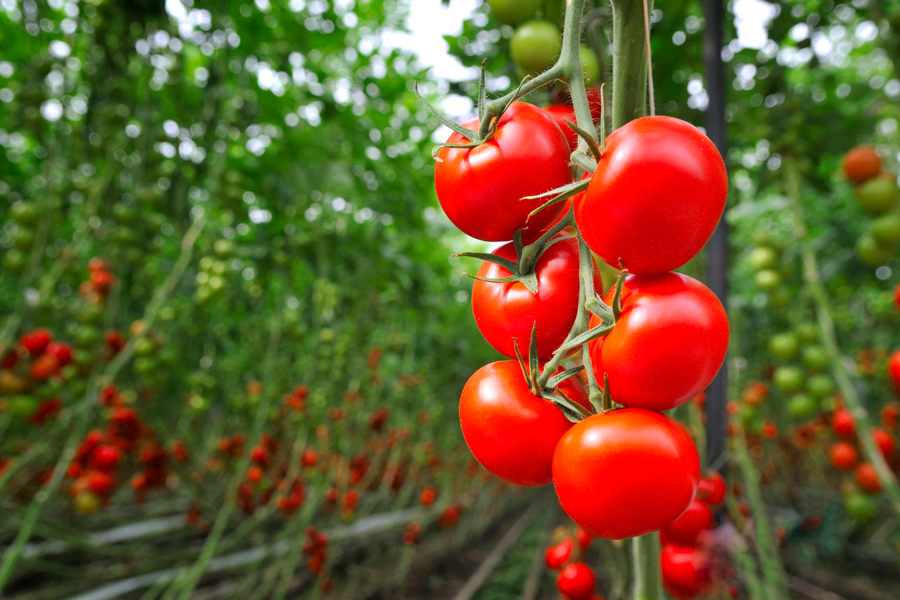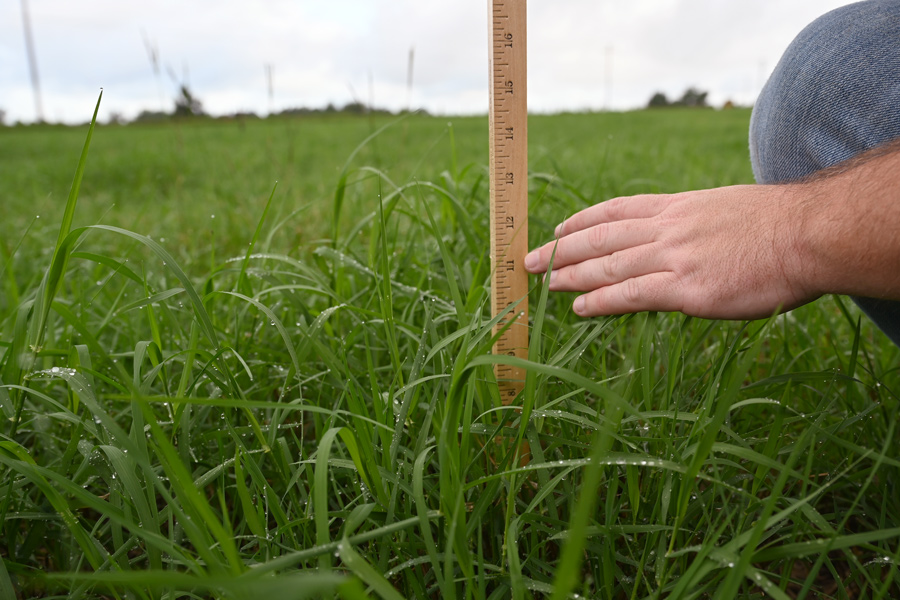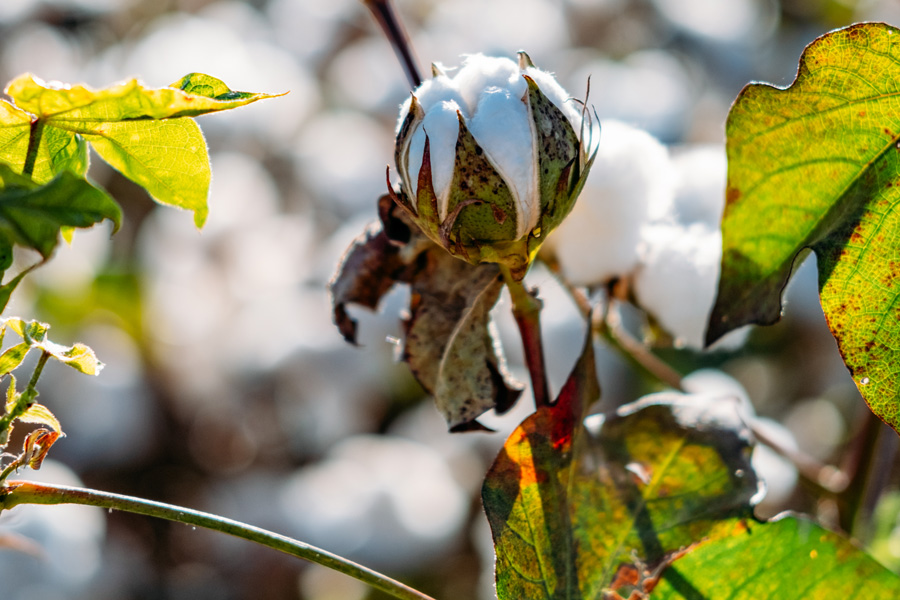Tifton
-

This report provides research and extension results for trials conducted by the University of Georgia Vegetable Team and its collaborators in 2024. Contributing authors include county and regional faculty as well as specialists from UGA’s horticulture, plant pathology, crop and soil sciences, and entomology departments. All research has been supported by the Georgia Commodity Commission for Vegetables.
Timothy Coolong and Ted McAvoy
|
-

B 1567
How to Use a Grazing Stick
Grazing management requires accurate estimates of forage availability to adjust forage supply to meet animal needs. However, incorrect forage availability estimates can negatively impact important grazing-management decisions such as stocking rate and grazing time. Visually estimating pasture yield is inexpensive and fast, but untrained persons can give biased and unreliable estimates. One of the easiest, most affordable, and most reliable estimation options is using a grazing stick or pasture ruler. This publication outlines the procedures used for collecting data in field and calculating available forage for your farm. An additional author is Justin Burt, a postdoctoral research associate in the Department of Crop and Soil Sciences, University of Georgia Tifton Campus.
Lisa Baxter
|
-

This report provides research and extension results for trials conducted by the University of Georgia Vegetable Team and its collaborators in 2023. Contributing authors include county and regional faculty as well as specialists from UGA’s horticulture, plant pathology, crop and soil sciences, and entomology departments. All research has been supported by the Georgia Commodity Commission for Vegetables.
Timothy Coolong and Ted McAvoy
|
-

AP 124-3
2023 Georgia Cotton Production Guide
The 2023 edition of the cotton production guide provides an in-depth look at cotton production in Georgia and the Southeastern U.S. Issues discussed include economic outlook, fertility, weed management, insect management, disease and nematode management, irrigation decisions, precision ag technology, and general agronomics of the cotton crop (varieties, PGR applications, defoliation, etc.).
Camp Hand
|
-

This publication provides information on pulse width modulation (PWM) technology including its working principle, components, benefits, and best management practices for its optimal utilization on agricultural sprayers. Agricultural sprayers are commonly used for pesticide applications and come in various design types and sizes, including three-point hitch, pull-behind, and self-propelled. During pesticide applications, maintaining a target application rate across the whole field is important for effective pest management. On sprayers with traditional flow-based control systems, the liquid flow rate is regulated to account for ground speed variations by adjusting the spray pressure. However, this becomes an issue when spray pressure reaches outside the narrow operating range of the selected nozzle and results in non-uniform droplet size and pattern. Higher spray pressures at faster travel speeds produce finer droplets which are more prone to spray drift; applications at lower pressures produce coarser spray droplets and reduce spray fan angle. Pulse width modulation technology was developed to overcome this pressure variation issue; pulse width modulation does not rely on spray pressure to regulate system flow rate with changes in ground speed. In pulse width modulation systems, the flow rate is varied by changing the intermittent cycling of the electronically actuated solenoid valves while the system pressure remains constant throughout the boom.
Simerjeet Virk
|
-

This report provides research and extension results for trials conducted by the University of Georgia Vegetable Team and its collaborators in 2022. Contributing authors include county and regional faculty as well as specialists from UGA’s horticulture, plant pathology, crop and soil sciences, and entomology departments. All research has been supported by the Georgia Commodity Commission for Vegetables.
Timothy Coolong and Ted McAvoy
|
-

Most farm injuries and fatalities are preventable when you adhere to safe operating practices. The following are general guidelines for improved safety on the farm.
Glen C. Rains
|
-

The UGA EASY (Evaporation-based Accumulator for Sprinkler-enhanced Yield) Pan Irrigation Scheduler is designed to provide in-field monitoring of crop water needs in humid areas for a fraction of the management time and cost associated with other irrigation scheduling methods. If a farmer is not currently using a more sophisticated irrigation scheduling method, this unit is a simplified, low cost alternative. The UGA EASY Pan Irrigation Scheduler is designed to help you keep track of when your next application is needed, so you can avoid applying too much or too little water. The overall goal is to be more efficient in the use of irrigation water.
Kerry A. Harrison and Wesley Porter
|